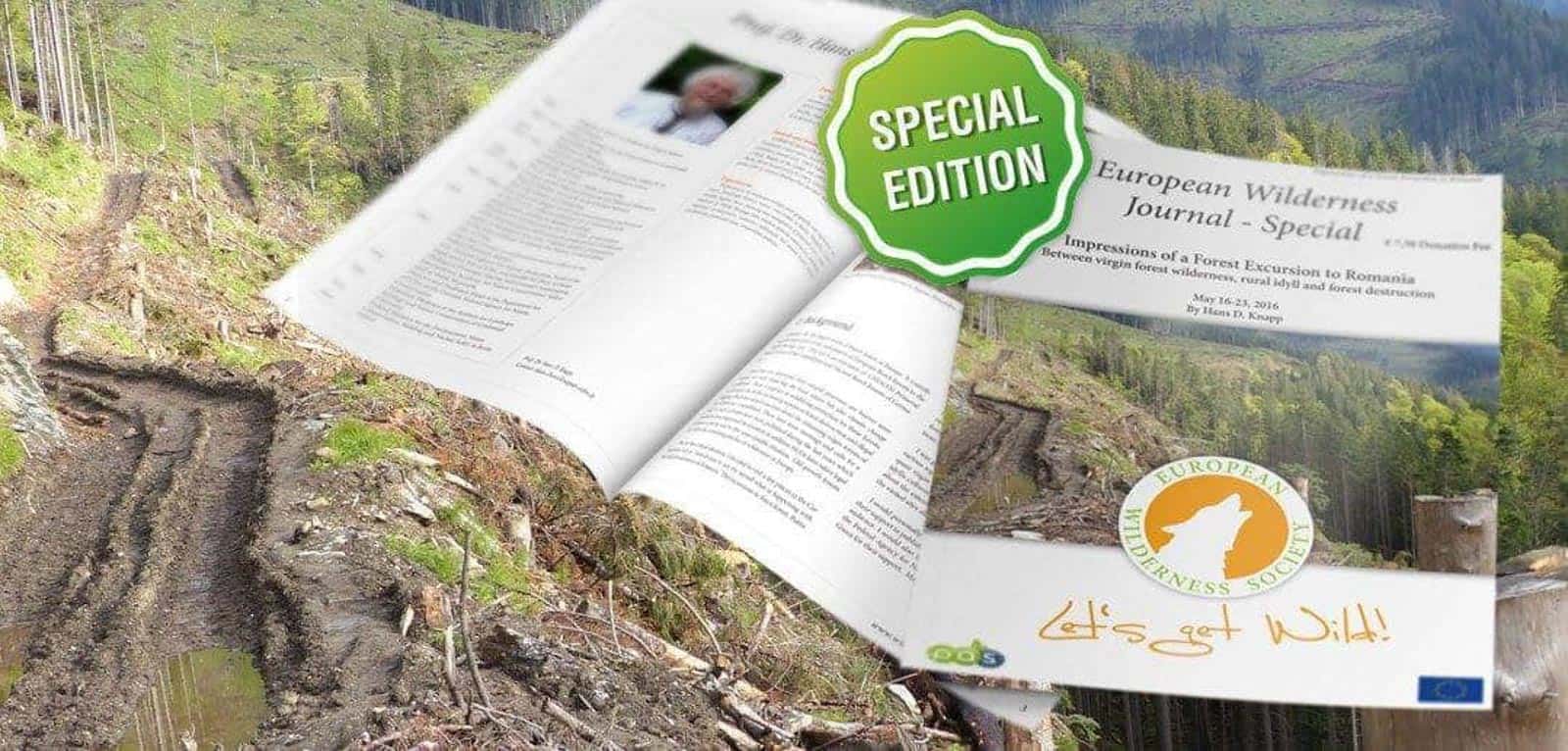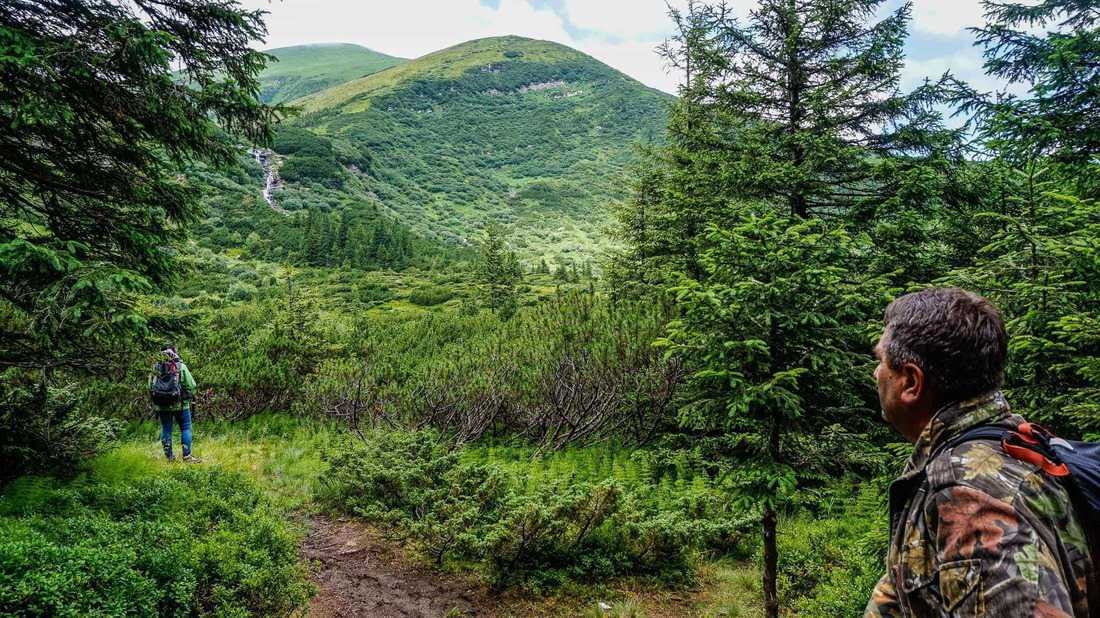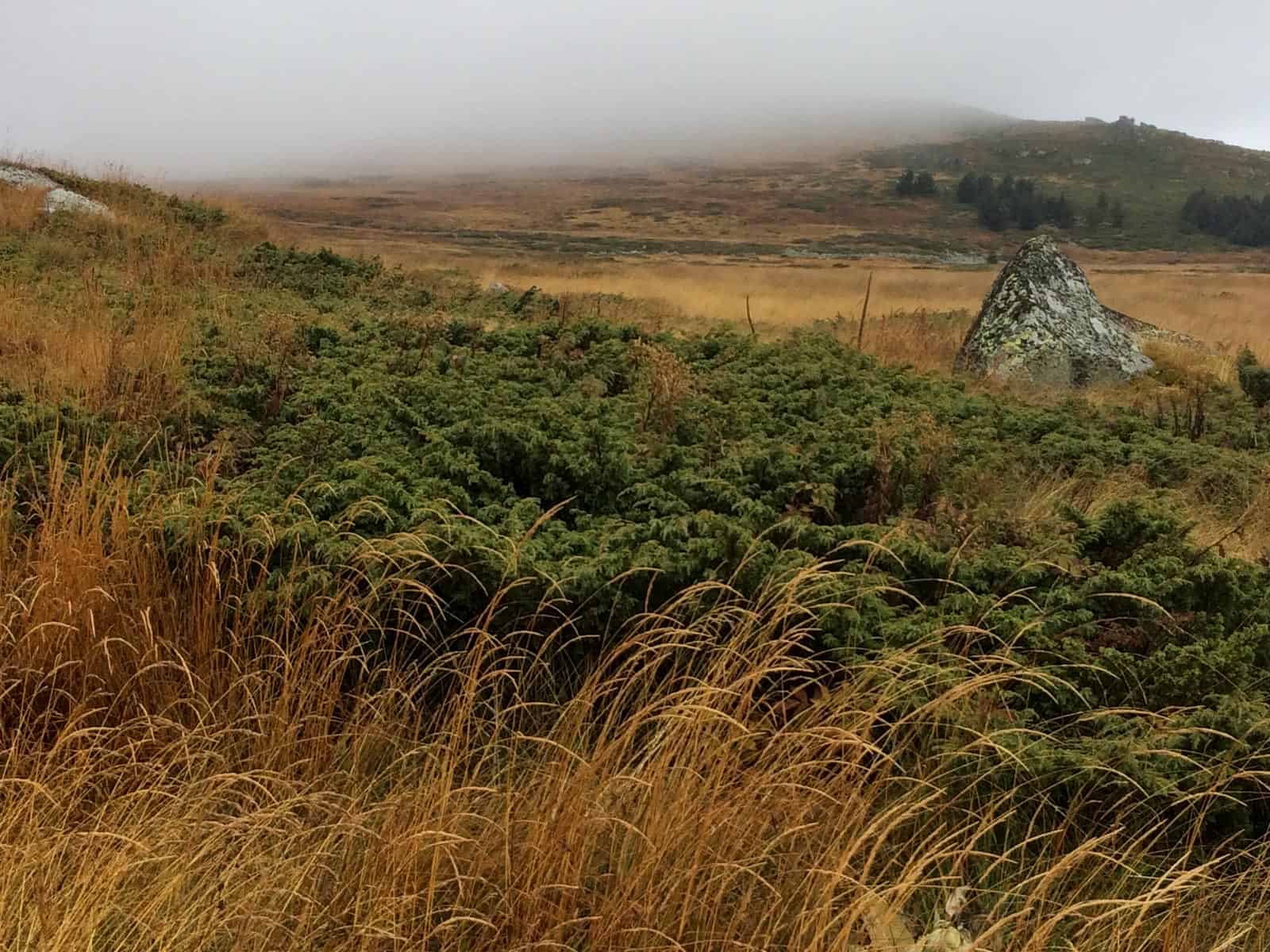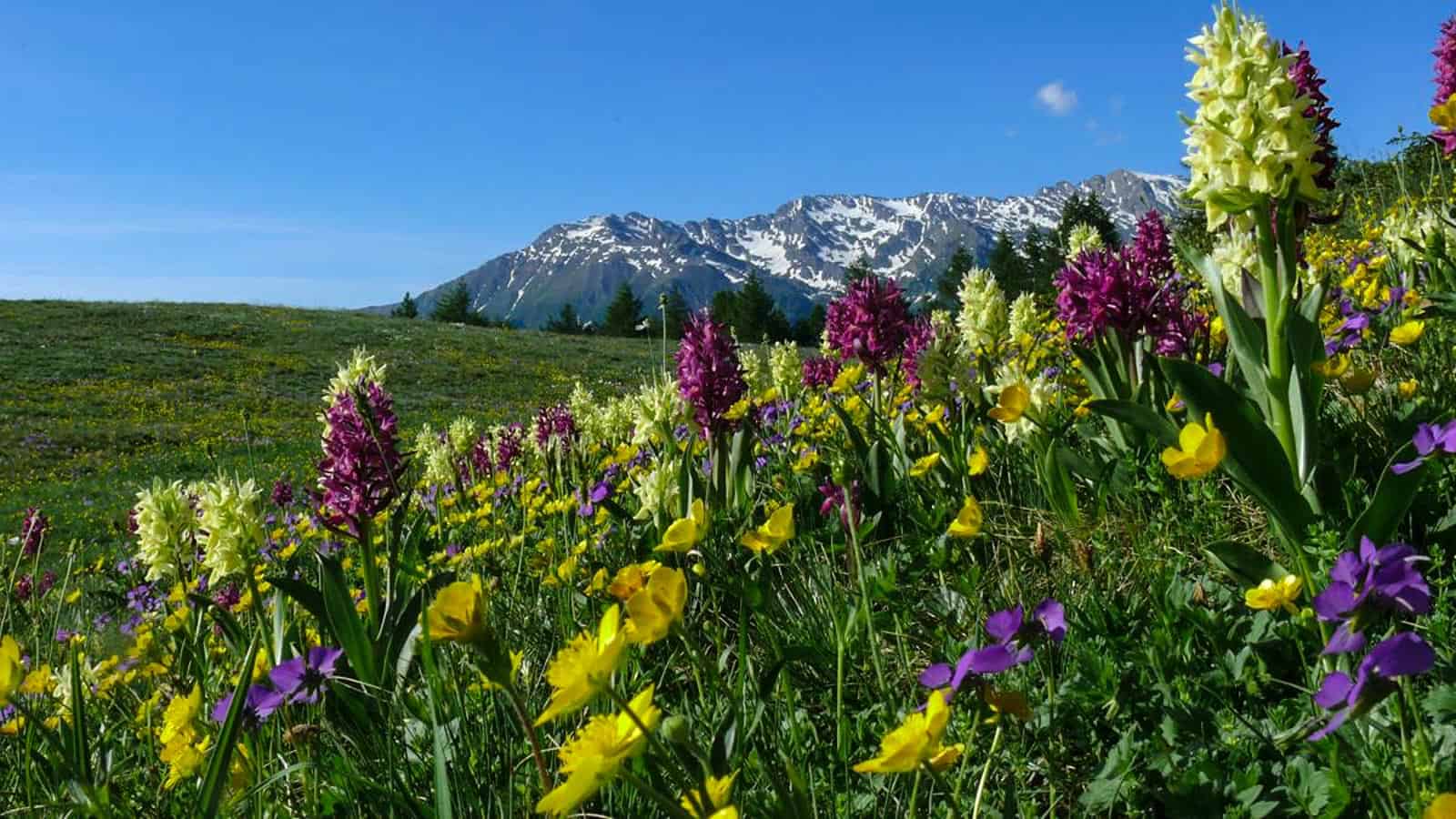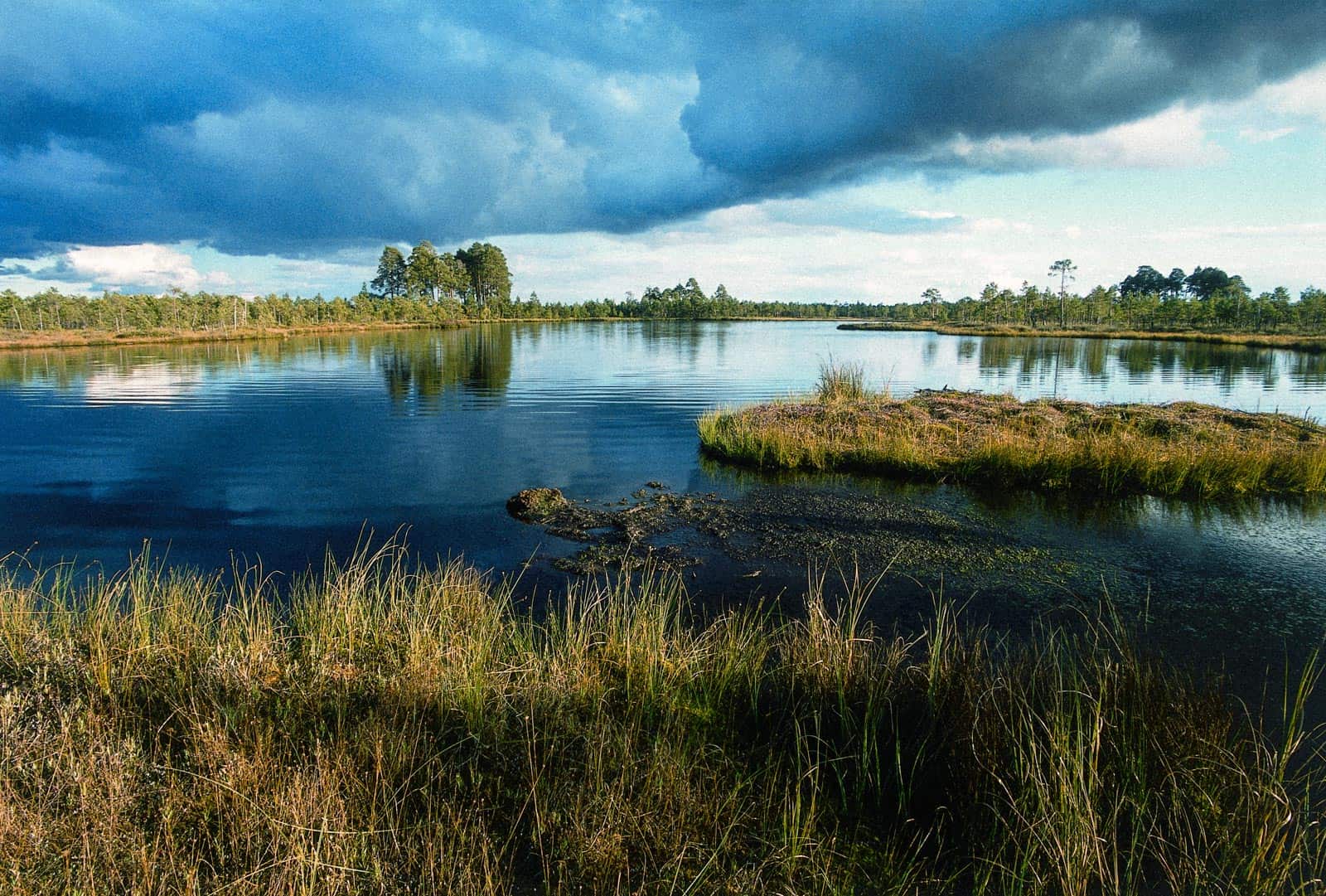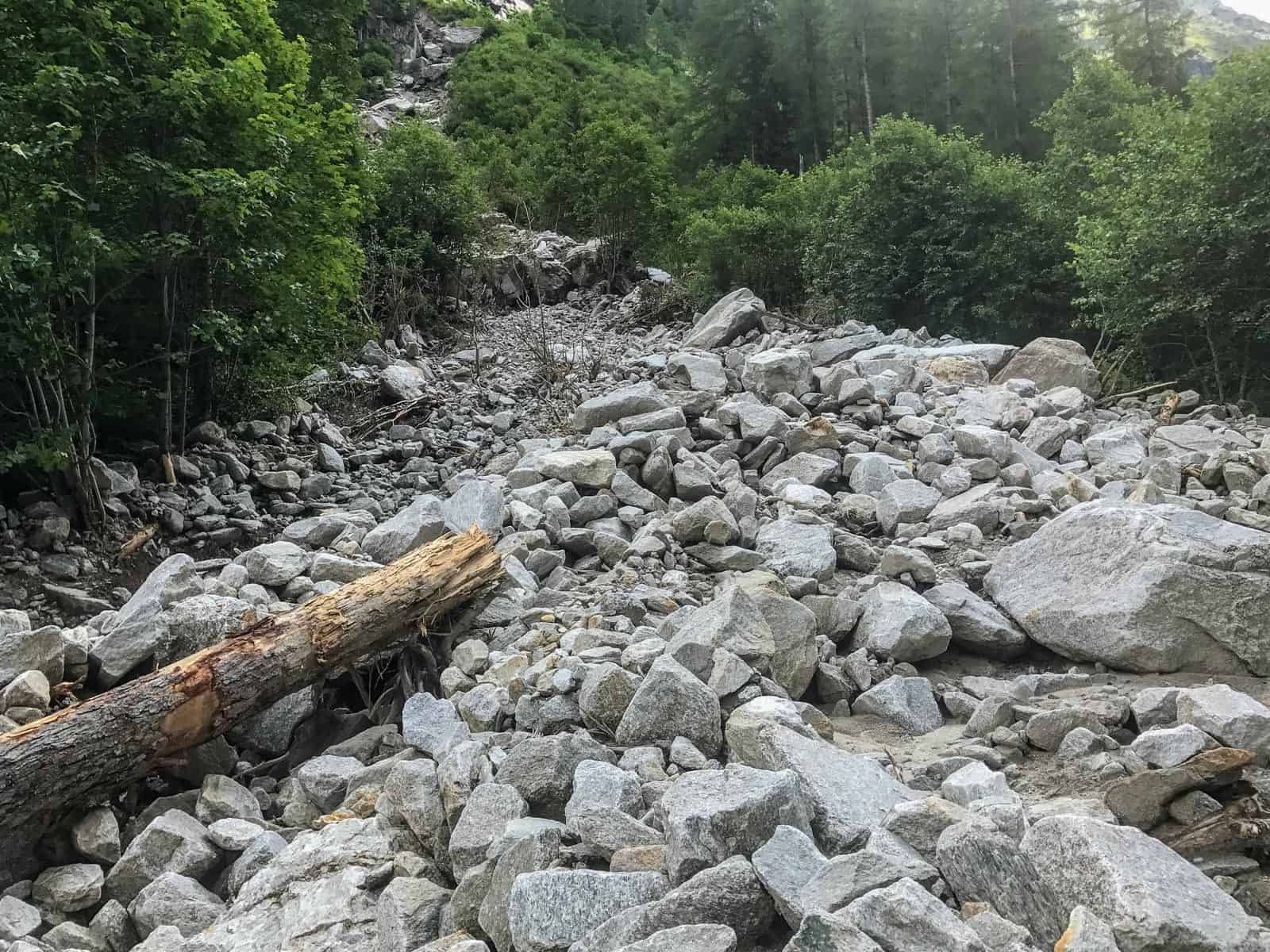Importance of peat bogs as CO2 storage
A study from Chazdon and Brancalion in 2019 revealed that newly planted trees could absorb most of the human made CO2-emissions. The study states that nothing is as effective in mitigating the climate overheating as reforestation activities. However, other scientists have critique on this study. The results are drastically overrating the beneficial effect of reforestation, according to the Leuphana University in Lüneburg, Germany.
Please also read: Is Restoring Forests The Best Way To Tackle Climate Change?
Criticism on Tree Planting Spree
Planting trees in the wrong places could also destroy ecosystems, intensify the risk of forest fires and make the global heating even worse. That is what other scientists from the A&M University in Texas declare. Furthermore, other universities and institutes, like the Max-Planck-Institute for meteorology in Hamburg, criticise the study in the well-known magazine ‘Science’.
One critical point of critique is that the study assumed that soils of ecosystems without trees would not contain carbon dioxide. Yet, many habitats like savannahs and peat bogs contain more carbon dioxide in the soil than in the vegetation. According to the Texan scientists, ecological restoration is better than reforestation. It is not just focusing on forests, but also on grasslands, savannahs, scrublands, peat bogs and mangroves.
Bogs – another solution?
Originally, peat bogs covered over 5% of Germany’s landscape. Due to human impact, the landscape cover is now down to 3.6%. The remaining areas suffer mainly from drainage, agriculture and forestry use as well as the use for infrastructure and peat extraction. Especially draining the bogs releases a great amount of greenhouse gas emissions every year. This only ends when rewetting is going on, or the bog is completely extracted.
Bogs are characteristic for partly degradation of dead plant material, due to the lack of oxygen in the soil. Thereby, natural bogs are sustainable sinks for carbon dioxide, storing the carbon in the ground. A special type of bog is the so-called raised bog. In a raised bog approximately 1 mm of new peat accumulates each year. Compared to the annual carbon storage of forests, it might be lower. However, over a longer timespan, the contribution of carbon storage by peat is significant.
Sensitive ecosystems
Yet, when the bogs are disturbed, they can release the carbon dioxide and additionally even methane. Additionally, when the bog is not permanently more or less under water, microorganisms start degrading the peat. Then bogs occur as antagonists of their main role: they release the carbon dioxide. In general, bogs release 5 tons of CO2 per hectare, when 10 cm is drained.
Ecosystem services
Therefore, it is important that bogs have enough water. Through their ecosystem services, bogs provide water, food, raw materials, space for agricultural use and essential ecological processes like influencing the climate, water and soil. But most important for us nowadays, they provide the function as a carbon storage.
If we ensure that water levels rise in bots, instead of draining them, there is the potential to capture 28 million tons of CO2, experts say. So in times of climate overheating bogs play a crucial role in the storage of carbon. They can help to reduce the challenges of the rising greenhouse gas emissions effectively.



